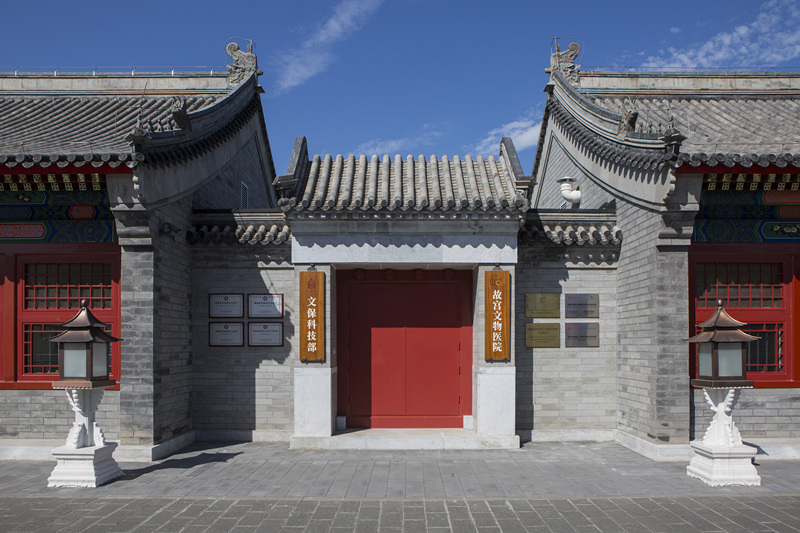Palace Museum conservators prepare artifacts for HK display
- By Zhang Rui
 0 Comment(s)
0 Comment(s) Print
Print E-mail China.org.cn, March 9, 2021
E-mail China.org.cn, March 9, 2021
The head of the "Cultural Relic Hospital" at the Palace Museum told China.org.cn that their experts are currently evaluating more than 800 artifacts from the museum's collection, which are due to be displayed at the opening exhibition of the Hong Kong Palace Museum next year.

Song Jirong is a member of the 13th National Committee of the Chinese People's Political Consultative Conference (CPPCC) and head of the Cultural Relic Hospital at the Palace Museum in Beijing. She explained that experts have spent the past few years assessing exhibits that could be delivered to Hong Kong.
"The ‘relic doctors' use high-tech equipment such as CT scanners and infrared spectroscopy to conduct thorough examinations," Song said. "If there are any minor issues, we will try to adopt conservation treatments. Relics in poor health, however, may not be sent to Hong Kong immediately. As such, the final list of items to be sent hasn't yet been determined."
However, she was confident that they could find a solution due to the large range of precious artifacts in the Palace Museum: "If one item isn't in good enough health, we can choose a similar one from the collection that is."
Song promised that Hong Kong compatriots will be able to enjoy the most exquisite cultural relics from Beijing, which can also help tell historical stories. In this way, the exhibition hall can serve as a history and arts classroom for young people.
"We also plan to use some modern digital technology in the interactive exhibition to let Hong Kong residents get up-close to the artifacts," she added.

The political advisor explained that cultural relics are divided into two kinds: organic, including paintings, calligraphy and textiles, and inorganic, such as porcelain, jade and bronze.
"Organic cultural relics are very fragile and are easily affected by temperature, humidity and light. Therefore, the precious organic relics cannot be exhibited in Hong Kong for more than three months, after which they must be returned to the warehouse to 'sleep.' We've set up a special environment for the storage of various cultural relics in a targeted manner. That is the best kind of maintenance," she explained.
At the end of 2019, the Palace Museum worked with the Hong Kong Science Museum to hold an exhibition titled "Unlocking the Secrets: The Science of Conservation at The Palace Museum," displaying more than 100 priceless artifacts. Some of these items may also be exhibited in the Hong Kong Palace Museum once it opens in 2022.

The government of the Hong Kong Special Administrative Region and the Palace Museum signed a cooperation deal in June 2017 to build the Hong Kong Palace Museum, with construction beginning in April 2019. The main structure of the building in the West Kowloon Cultural District was completed in November 2020. Slated for final completion in mid-2022, the museum will feature a total of 7,800 square meters of exhibition space.
The Hong Kong Palace Museum will have a professional conservation team to ensure that the artifacts are kept in good condition. In addition, the Palace Museum will also regularly dispatch experts to carry out inspections and examinations, Song revealed.
According to Song, the Palace Museum has the world's largest cultural relic hospital, which was established in 2016 with 23 analysis and testing rooms, 16 restoration studios, and more than 170 "cultural relic doctors." Meanwhile, traditional techniques for mounting, restoring and copying ancient paintings and calligraphy, restoring and copying bronze ware, and restoring ancient clocks have been listed as national intangible cultural heritages.

"Every year, we get a lot of young people coming from Hong Kong and Macao to intern at the Palace Museum, some of whom work in the Cultural Relic Hospital," Song said. "There, they have the opportunity to assist the conservators in their work and learn how to use some of the equipment."






Go to Forum >>0 Comment(s)